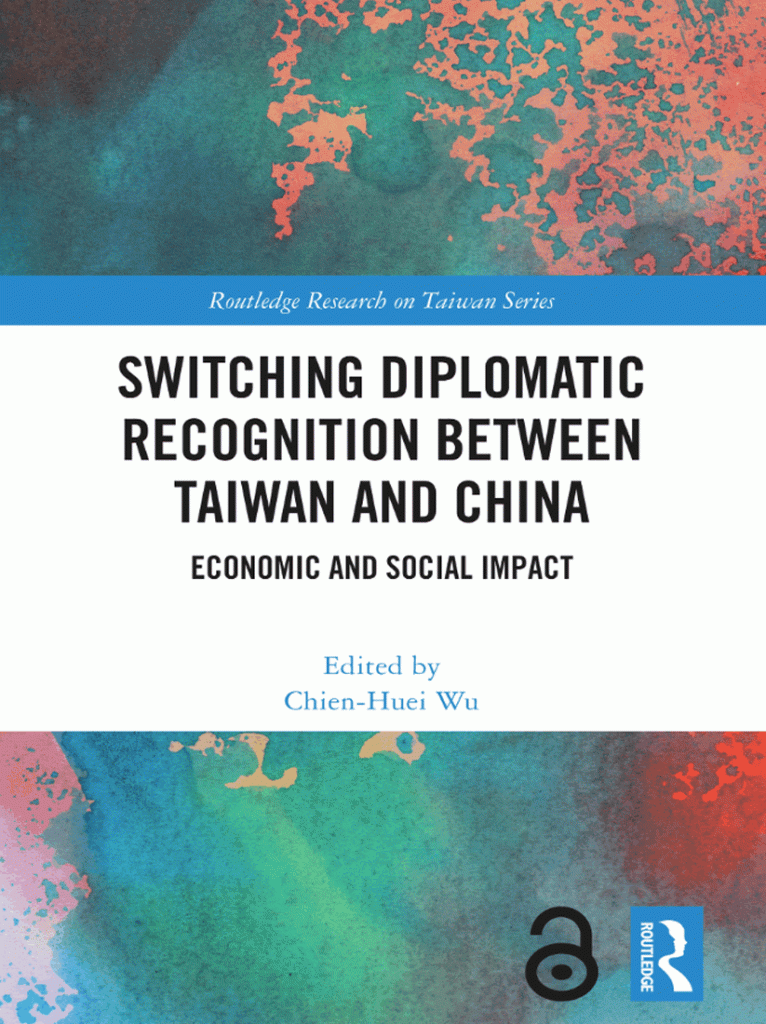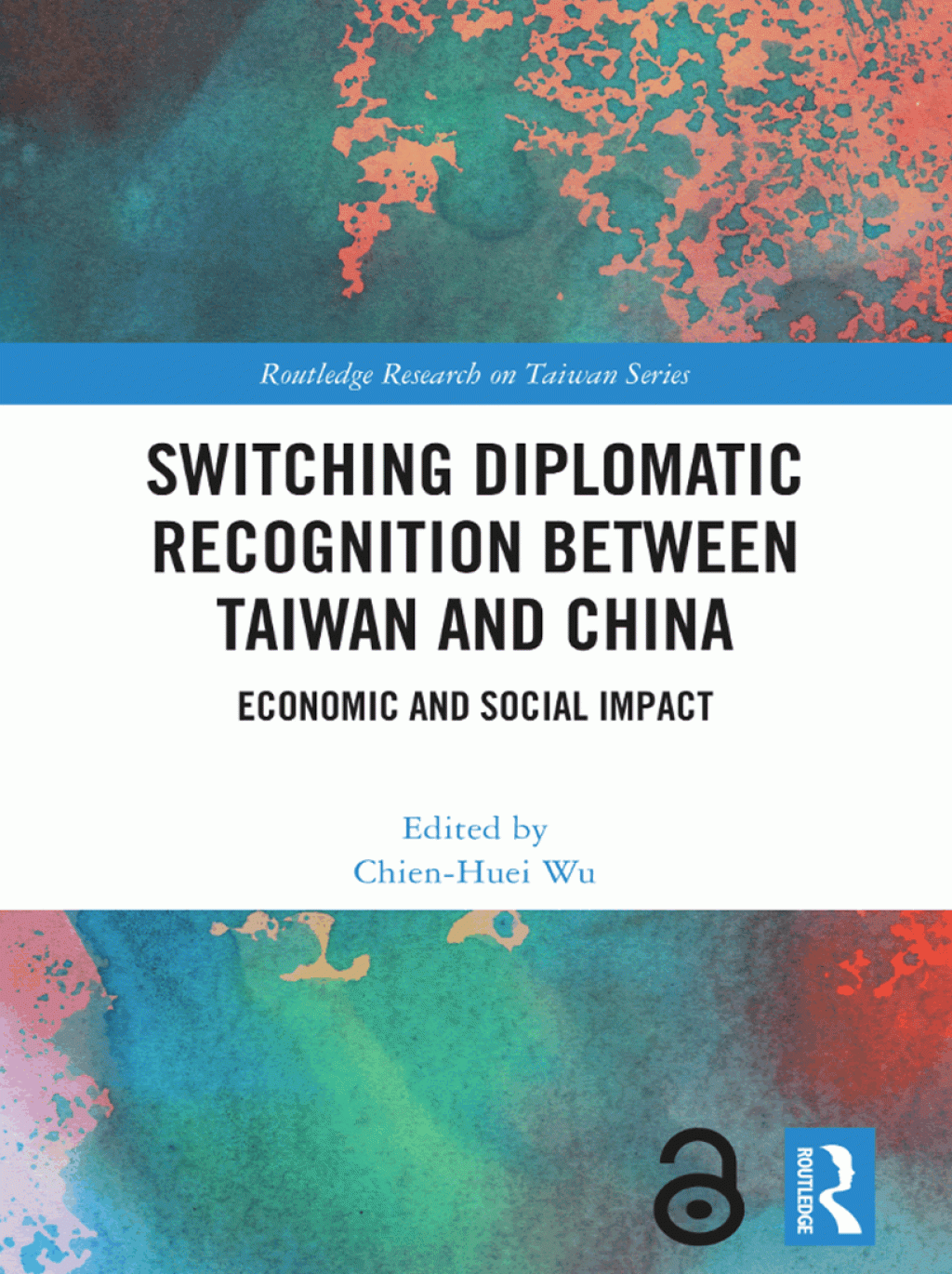Economic versus political engagement with China and Taiwan in Central and Eastern Europe
Author: Ágnes Szunomár
In: Wu, Chien-Huei (ed.) Switching diplomatic recognition between Taiwan and China: economic and social impact, London, New York: Routledge (2024) pp. 179-195.
Introduction
The transition of Central and Eastern European (CEE) countries from centrally planned to market economies in the late twentieth century transformed the region’s external economic relations. During this transition period, CEE countries went through radical economic restructuring, largely induced by foreign capital. Multinational enterprises (MNEs) realized significant investment projects and established their own production networks in the region. Investors, primarily from core European countries, were attracted by macroeconomic factors, including relatively low unit labor costs, market size, openness to trade, and proximity. Institutional factors, such as the prospects for CEE countries’ economic integration with the European Union (EU), also increased foreign direct investment (FDI) inflows.




